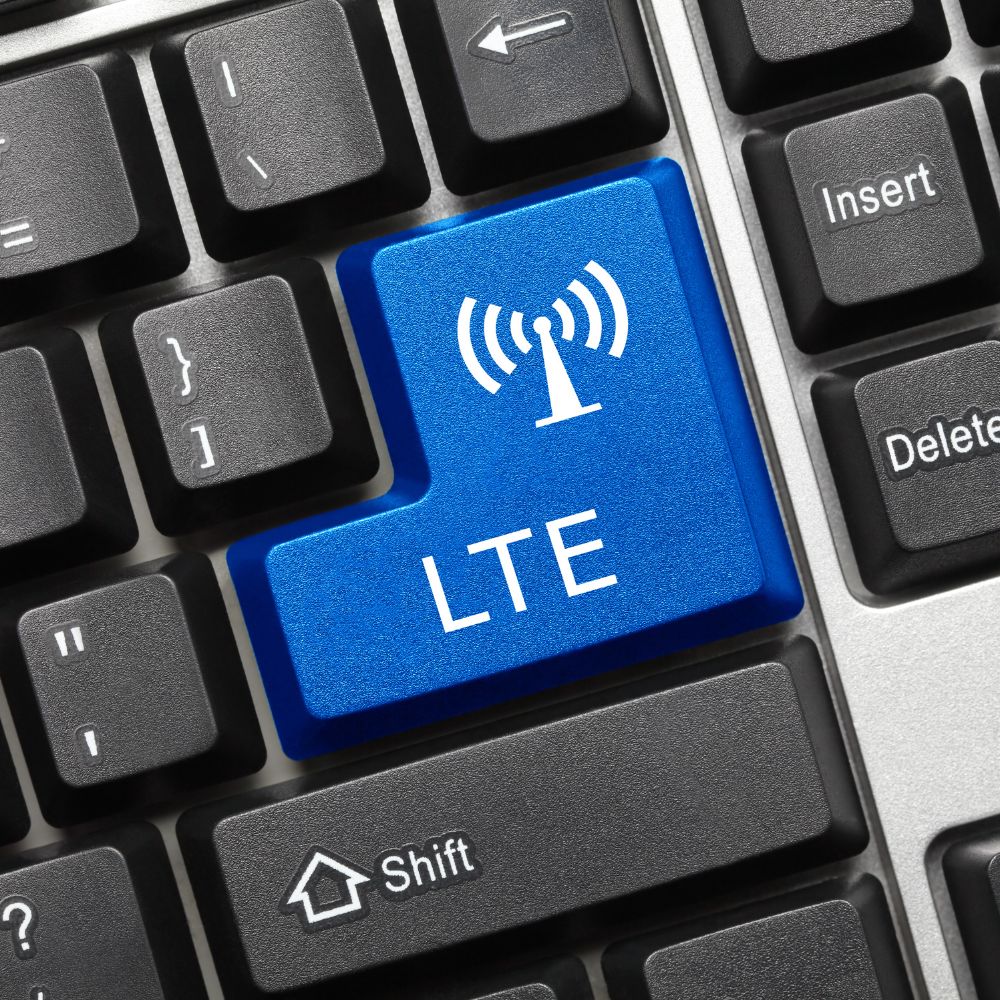Comparing LTE and Traditional Wired Connections
2024-02-18 16:23:17

In the ever-evolving landscape of internet connectivity, two prominent options stand out: Long-Term Evolution (LTE) and traditional wired connections. Each of these solutions offers distinct advantages and disadvantages, making them suitable for different needs and contexts. This article aims to provide a comprehensive comparison of LTE and traditional wired connections, examining their technological foundations, performance metrics, application scenarios, and future prospects.
Technological Foundations
LTE is a standard for wireless broadband communication. It represents a significant leap forward from earlier mobile technologies, offering increased speed, lower latency, and greater capacity. LTE operates on various frequency bands, allowing it to serve a wide range of devices over large distances. Its technology relies on a complex radio interface and network architecture, which developers have continuously enhanced through generations (from 4G LTE to 5G).
Traditional Wired Connections, including Digital Subscriber Line (DSL), Cable, and Fiber Optic, rely on physical cables to transmit data. DSL uses telephone lines, Cable employs the same infrastructure as cable television, and Fiber Optic utilizes thin strands of glass or plastic to transmit data as light pulses. These technologies differ in terms of the medium used for data transmission, which significantly affects their speed, latency, and reliability.
Performance Metrics
- Speed: Traditional wired connections, especially Fiber Optic, generally offer higher speeds compared to LTE. Fiber can deliver speeds up to 1 Gbps or higher, significantly outpacing LTE networks. However, the actual speed of LTE, which can reach up to 100 Mbps or more, is sufficient for most mobile applications and many home internet users.
- Latency: Wired connections typically have lower latency than LTE, making them preferable for real-time applications like online gaming and video conferencing. LTE has made strides in reducing latency, especially with advancements towards 5G, but wired connections remain the gold standard for low-latency applications.
- Reliability and Coverage: LTE provides widespread coverage, making internet access possible in areas without wired infrastructure. It's also less susceptible to physical damage from environmental factors. However, wired connections, particularly Fiber, are more reliable in terms of consistent speeds and lower latency, albeit with the limitation of geographic availability.
Application Scenarios
LTE is ideal for mobile connectivity and areas where laying cables is impractical or too expensive. Its ease of deployment and expanding coverage make it a versatile choice for on-the-go internet access, rural areas, and temporary setups.
Traditional Wired Connections are the preferred option in urban settings and for applications requiring high-speed, reliable internet access. They are suitable for businesses, home offices, and households with heavy internet usage, including streaming, gaming, and large file transfers.
Future Prospects
The future of internet connectivity sees LTE and wired connections not as competitors, but as complementary technologies. The rollout of 5G aims to narrow the performance gap between wireless and wired connections, offering speeds and latency that rival or exceed those of traditional wired connections. Meanwhile, advancements in wired technologies, such as the development of next-generation fibre optics, promise even higher speeds and capacity.
Hybrid networks that combine the reliability and speed of wired connections with the flexibility and coverage of LTE are becoming more common. These networks can dynamically switch between wired and wireless connections, ensuring optimal performance and reliability.
Conclusion
Choosing between LTE and traditional wired connections depends on specific needs, including speed requirements, application scenarios, and geographic location. While wired connections offer superior speed and reliability for fixed locations, LTE provides unmatched flexibility and coverage. With ongoing advancements in both domains, the gap between wired and wireless connectivity is narrowing, leading to a future where internet users can enjoy the best of both worlds.


